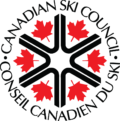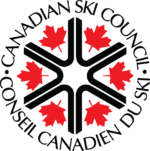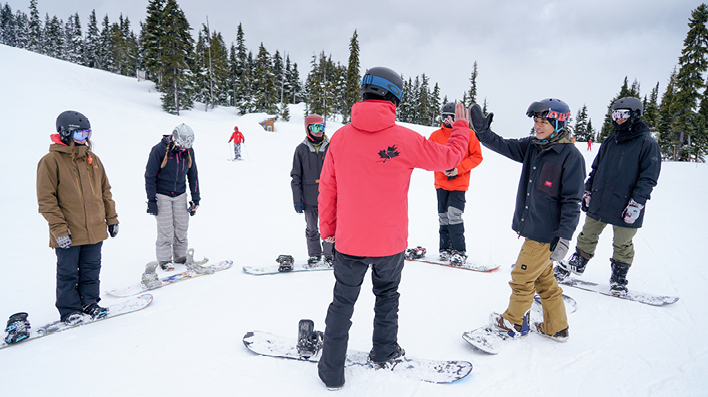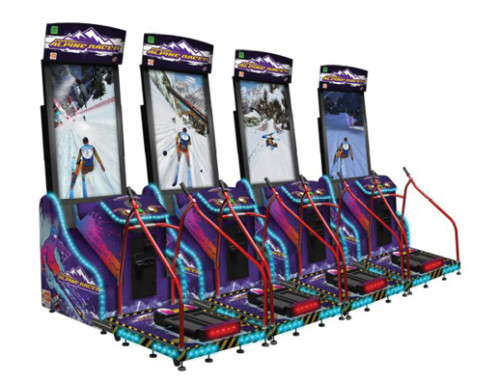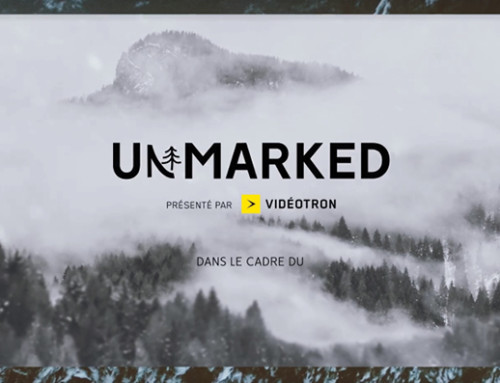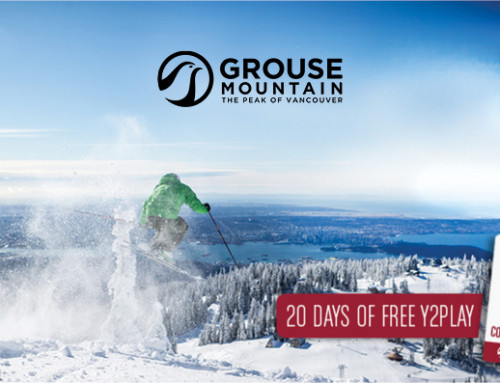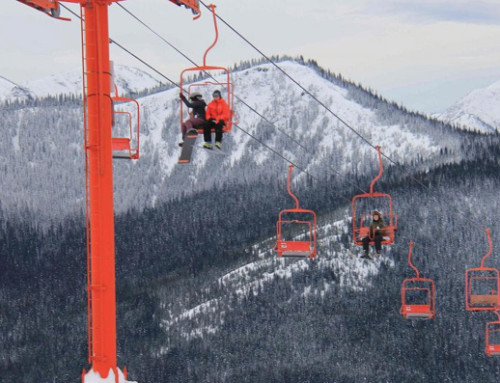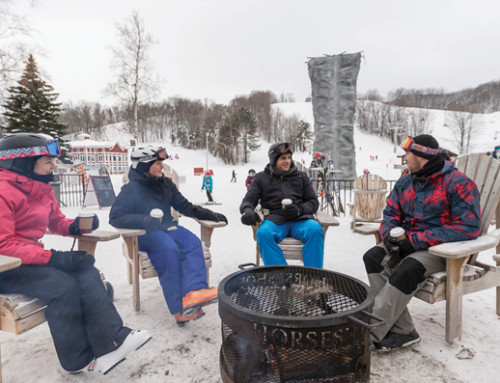By ski journalist, author and blogger Louise Hudson
Ready for some creative Christmas carving? Not the turkey though – it’s time to get your ski skills sharpened for the winter season. Vast numbers of skiers and snowboarders monopolize the mountains over the holiday season, overloading instructor services in resorts everywhere. It’s no good just turning up on the day during this peak period, plan to book ahead. Note, too, that teaching winter sports has morphed from the “follow me” style of the 70s to a much more diverse offering. With so many different options around, here’s an outline of some of the newer categories to help you choose the right instruction approach.
Experiential Learning:
The latest teaching philosophy in Canada revolves around experiential learning, says Sun Peaks Sports School Technical Coordinator Ron Betts: “Broadly, I’d say that people learn much more by doing, as opposed to standing around listening to a ski or snowboard pro-drone on with a bunch of technical jargon.” The Canadian Ski Instructors’ Association (CSIA) has utilized scientific research to understand how people learn athletic outdoor sports. “The idea is that the instructor can design tasks that target specific skills, the learner then reflects on the result,” Betts explains. “An example might be the instructor setting a task of having the student traverse the hill trying to get the inside part of their boot to touch the snow, they would then ask a leading question: ‘Did you feel how much the ski bit into the snow?’, or something to that effect. The reflective part of the equation becomes the student’s concept of ‘if I do A, then B happens’. That reflection is what helps hardwire a movement pattern into the student’s muscle memory.” Sun Peaks caps group classes at 3:1, making a considerable difference to the 10 or more you might have expected in the old days.
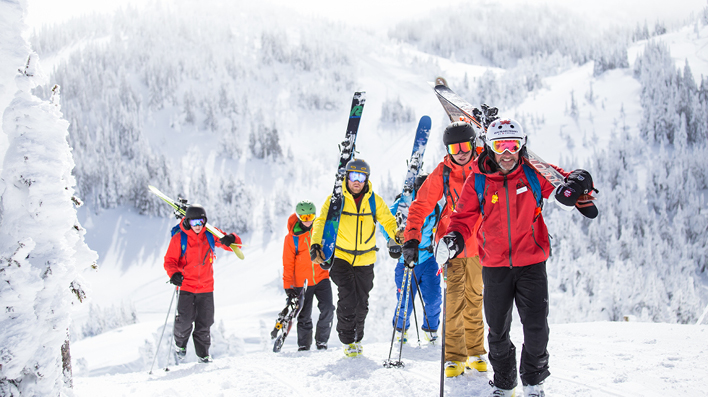
“It allows our pros to connect with guests in a way that used to only be possible in private lessons,” says Betts. Recognizing that people are on holiday when at a ski resort, they have savvily timed children’s lessons for 8:30 am and adults for 9:00 to give them time to manage both. Other innovations include new boutique products mixing ski progression with challenging environments such as ‘Intro to Backcountry’ and ‘Beyond the Groomers’.
Terrain-based Teaching:
Terrain-based teaching is taking the terror out of transferring from bunny hill to freeskiing a resort. The Ski and Snowboard Schools of Aspen Snowmass launched this method three seasons ago with Terrain Based Learning™ (TBL). It involves a prescribed set of specifically shaped snow features designed to enhance the first time experience of skiing and snowboarding. Features include ‘Flats’, ‘Mini Pipe’, ‘Rollers with a Return Wall’, ‘Banked Turns’ and ‘The Perfect Slope’. With the assistance of the ski pro, these features, available at both Snowmass and Buttermilk, create a variety of sensations and sliding opportunities to help first-timers find independence and success quicker and easier. Many resorts now have similar programs including Northstar, California.
Snowboarding Innovations:
In the early days of snowboarding, children were encouraged to ski first and then progress to snowboarding later on. However, nowadays, kids are taking up snowboarding earlier due to improvements in equipment and instructor training. Terrain features such as Riglet Parks developed by Burton are helping kids as young as three get to grips with snowboarding. The parks utilize terrain-based features, easy-to-use equipment and learning tools with instructors, trained by the Burton Resort Team, incorporating guided discovery and play. Squaw Valley Alpine Meadows has embraced the concept, also adding a ‘Rivets’ lesson for ages 3-4 and ‘Grommets’ category for ages 5-7. In Canada, there are Riglet Parks and events this season at Mt Tremblant, Whitewater, Blue Mountain, Crystal Mountain, Wilmot Mountain, Lake Louise, and Whistler Blackcomb.
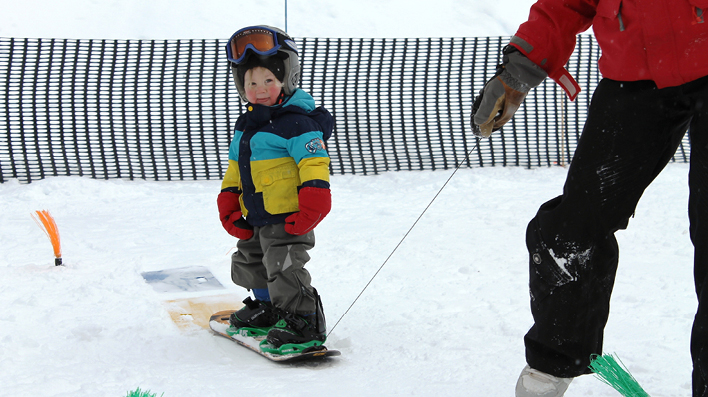
Courtesy Whitewater Ski Resort
For beginner snowboarders, the Canadian Association of Snowboard Instructors (CASI) has developed the QuickRide System. “It works to create a sense of mobility, balance and independence in the beginner student,” says Jeff Chandler, CASI National Technical Coordinator. “Instructors are trained and encouraged to cater the experience to the students, and focus on providing tools that allow them to become comfortable with the snowboard on from day one.”
One-Stop-Shop:
There’s a new trend in separating beginners from other skiers and riders, providing them with their own lifts, restaurants, and rental facilities – a ‘One Stop Shop’ that takes the confusion out of the equation. Although Jackson Hole is known for its expert terrain, it devotes much time and attention to training skiers and snowboarders from rookies upwards to be able to ride anywhere. Families make up approximately 30 percent of Jackson Hole’s winter guests, with half of those coming in at beginner level. Recognizing the need to turn this demographic into loyal repeaters, Jackson Hole caps group classes at five participants – although classes tend to average only three per instructor. This month sees the launch of Solitude Station, a new all-in-one learning facility (tickets, rentals, lessons, dining and lockers) for beginner adults and children aged seven and up. Based on the Sweetwater Gondola mid-station – accessed by a private lift line – it also serves as the venue for family après experiences. The ride up is free for non-skiing spectators who want to take advantage of the dedicated viewing locations or the two grand dining rooms. Beaver Creek also debuts a new one-stop learning area this December which even includes an ice cream parlour. Haymeadow Park Learning Area is focusing on facilities for beginners of all ages, with a beginner gondola and lift, plus adjacent magic carpets, and various restaurant options. Terrain variations include a race course, ‘Buffalo Bumps and Berms’, ‘Ske-Cology’ environmental learning and ‘Smarte Terrain’ which juxtaposes manmade and natural snow features for a more comprehensive experience.
